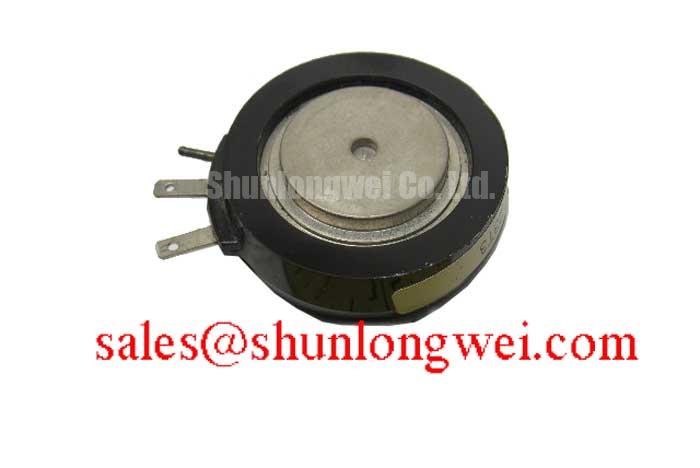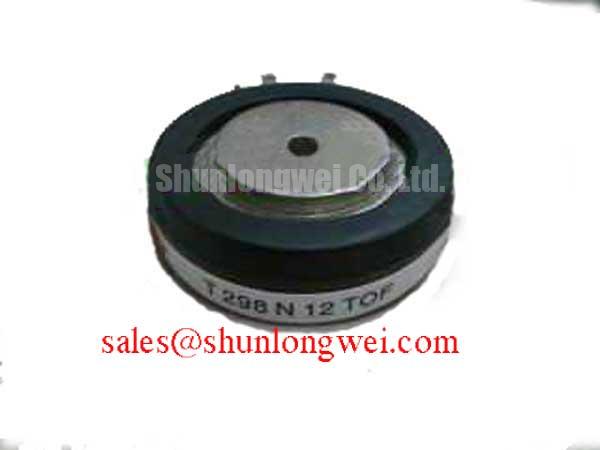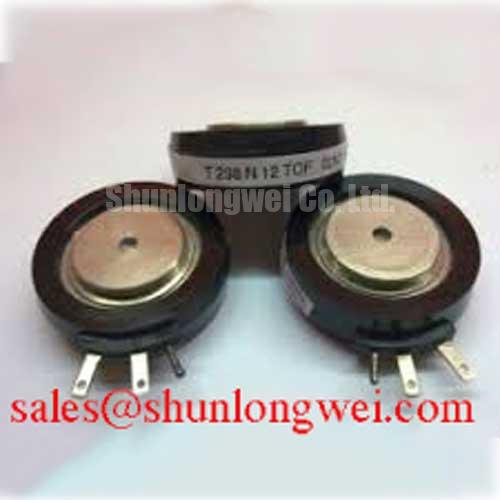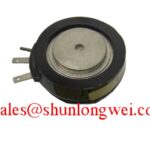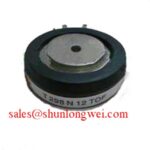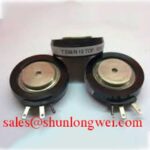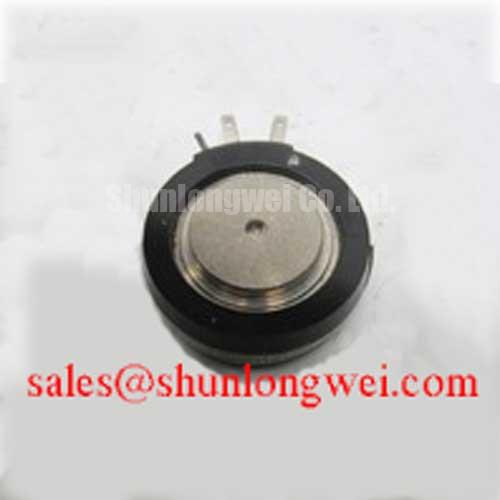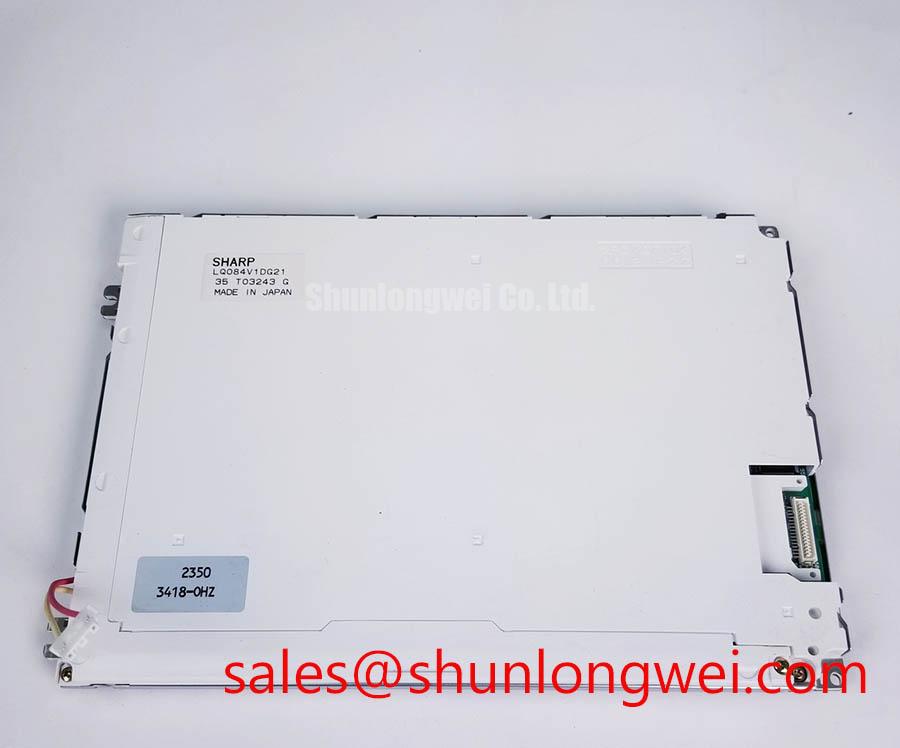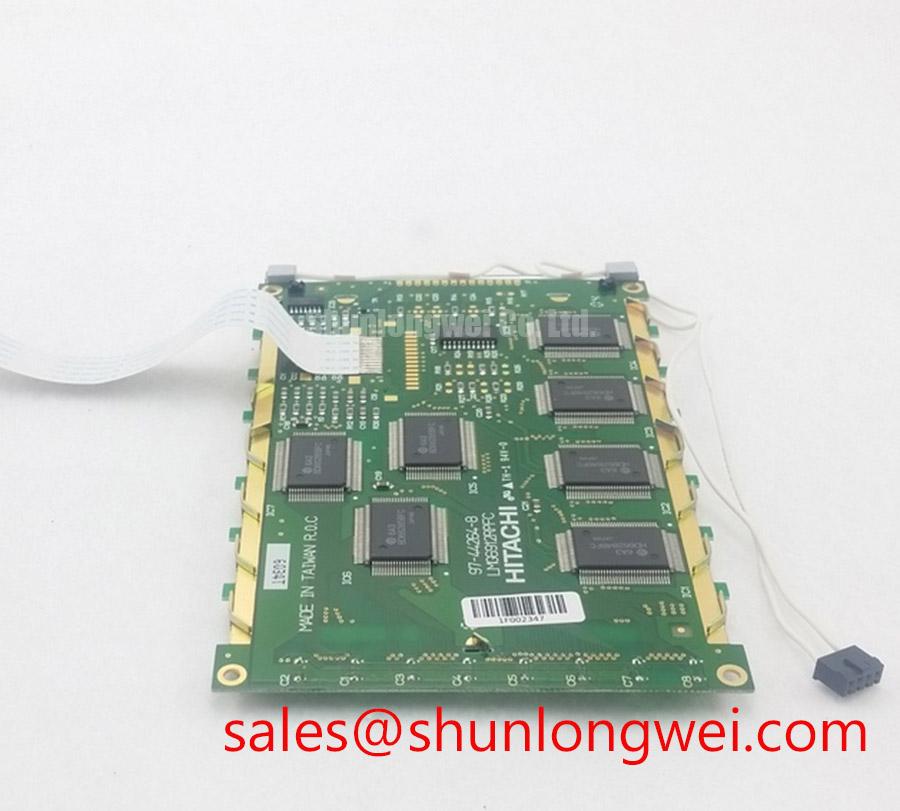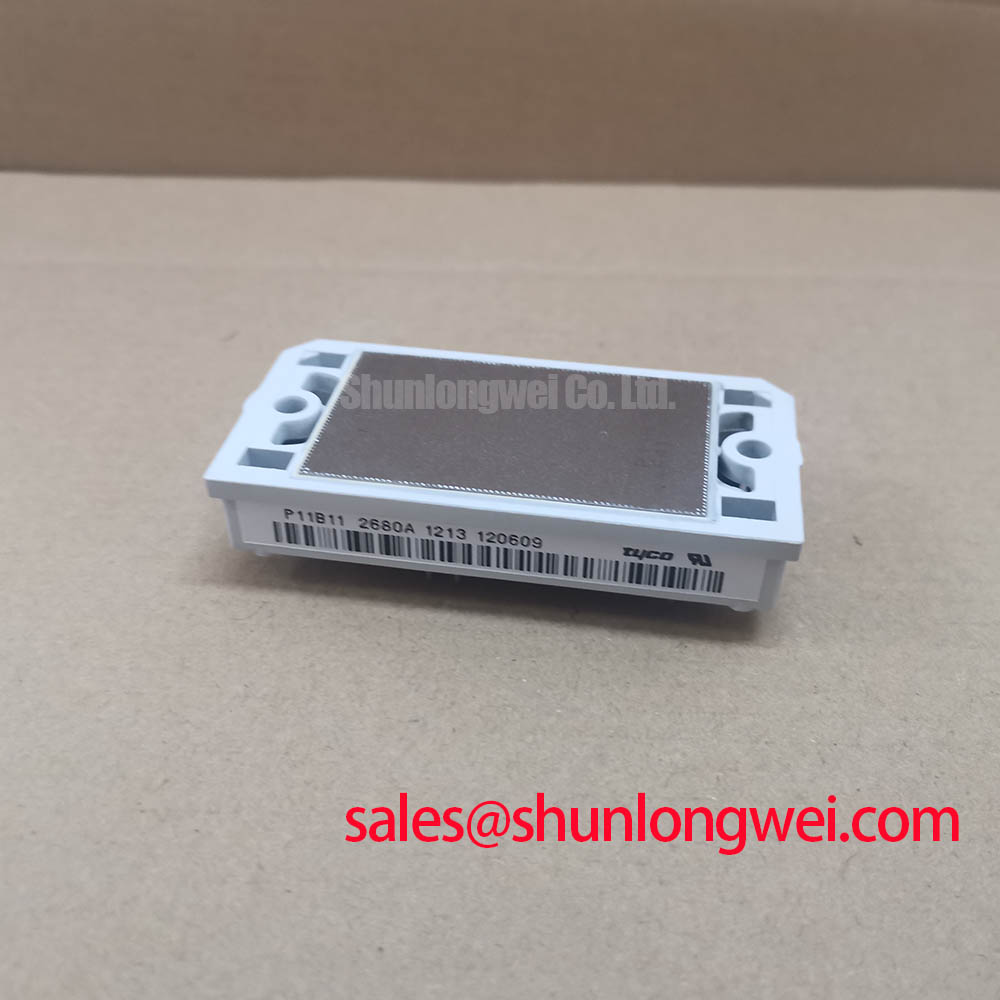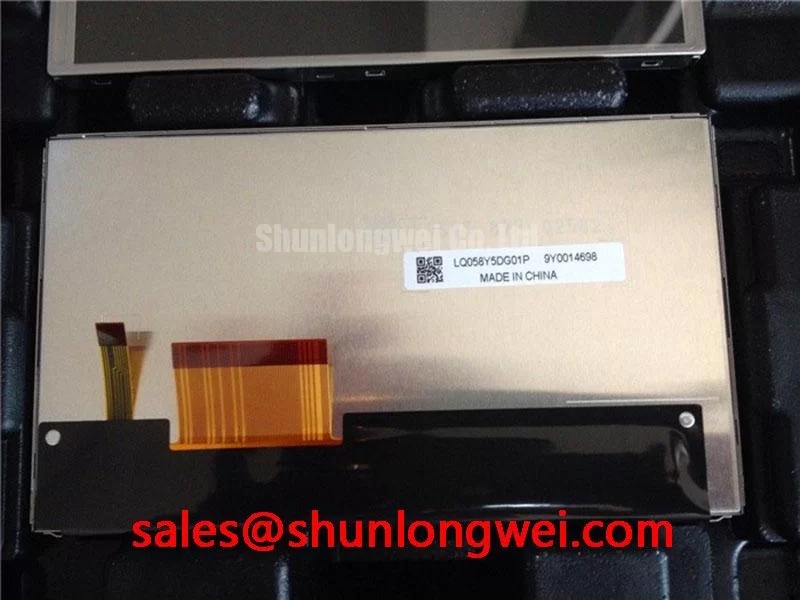T298N12TOF: 1200V Phase Control Thyristor for Heavy Duty
The Infineon T298N12TOF is a phase control thyristor architected with a pressure-contact disc design for exceptional mechanical robustness and long-term reliability in high-power industrial applications. Featuring specifications of 1200V, 298A average on-state current, and a high-surge capability of 5300A, this device is built for sustained operational integrity. Its core benefit lies in the elimination of solder fatigue, a common failure point in conventional modules. How does a pressure contact thyristor improve reliability? By using mechanical force for its connections, it creates a stable and durable electrical and thermal interface that withstands repeated temperature fluctuations far better than soldered joints.
Deployment Insights: Field-Proven Robustness
The operational history of disc-type components like the T298N12TOF illustrates their value in capital-intensive equipment where maintenance is challenging and costly. Systems running for decades in rail traction or metal processing rely on the foundational durability that this construction method provides. The design philosophy accepts that while initial setup requires specific mounting procedures (i.e., correct clamping force), the return is a significantly extended service life and predictable performance under severe electrical and mechanical stress.
Strategic Value in High-Stakes Power Systems
In sectors like primary metals, industrial drives, and power transmission, component failure can lead to catastrophic downtime. The adoption of devices built with technologies like pressure-contact mounting is a strategic decision to mitigate these risks. The hermetically sealed ceramic package of the Infineon T298N12TOF ensures the semiconductor element is shielded from industrial contaminants and humidity, preserving its electrical characteristics over a long operational horizon. This focus on intrinsic durability aligns with the industry's move towards lower total cost of ownership (TCO), where upfront component selection profoundly impacts long-term maintenance budgets and system availability. Further insights into preventing component failure can be found in resources covering IGBT failure analysis, which share principles applicable to all high-power semiconductors.
Technical Inquiries on the T298N12TOF
- What is the primary advantage of the T298N12TOF's disc package?The main advantage is its pressure-contact mounting system. This eliminates solder layers, which are susceptible to cracking and degradation under thermal cycling. The result is superior mechanical ruggedness and a longer operational lifespan, especially in applications with frequent on/off cycles or wide temperature swings.
- Why is the clamping force (F_m) of 8 to 15 kN so critical during installation?The specified clamping force is essential to establish and maintain a low thermal and electrical resistance between the thyristor's disc faces and the heat sinks. Incorrect force—too low or too high—can lead to insufficient cooling, localized hot spots, and premature device failure. It's a key parameter for realizing the device's reliability potential.
- Can this thyristor be used for high-frequency applications?No, the T298N12TOF is a phase control thyristor, optimized for low-frequency applications, typically at line frequencies (50/60 Hz) up to a few hundred hertz. Its turn-off time (t_q) is not suited for high-frequency switching, where devices like IGBTs or fast-recovery thyristors would be required.
- Given its obsolete status, what design principles from the T298N12TOF are still relevant?The core principles of pressure-contact technology and hermetic ceramic packaging remain highly relevant for modern high-power thyristors and diodes. Engineers evaluating new components for high-reliability systems still prioritize these features to ensure maximum system uptime and resilience against mechanical and thermal stress.
Core Applications: Where Mechanical Integrity is Paramount
The robust construction of the Infineon T298N12TOF makes it suitable for a range of high-power control and conversion applications where reliability is non-negotiable. Its architecture provides a stable platform for systems that experience significant load variations and operate in challenging physical environments. For high-current rectifiers where lifetime power cycling capability is the primary driver, the T298N12TOF's solder-free architecture presents a distinct advantage. Key deployment areas include:
- Industrial Motor Drives: Used in the rectifier front-ends of high-power AC and DC drives for controlling large motors in manufacturing, mining, and processing plants.
- Power Supplies and Rectifiers: Forms the core of controlled rectifiers for electrochemical processes, welding power sources, and large-scale battery charging systems.
- Soft Starters: Provides a reliable method for limiting inrush current and providing smooth acceleration for large AC motors.
Architectural Breakdown: The Pressure-Contact Advantage
The defining characteristic of the T298N12TOF is its pressure-contact, or "hockey puck," design. Unlike power modules that rely on soldered connections to a baseplate, this thyristor establishes its electrical and thermal paths through precisely applied mechanical force. This architecture can be compared to a bolted structural connection versus a glued one; the bolted joint offers a more robust and fatigue-resistant bond under continuous stress. What is the key benefit of the T298N12TOF's design? Its pressure-contact mounting eliminates solder fatigue for superior long-term reliability. This method ensures an extremely low and stable thermal resistance, allowing for efficient heat dissipation from both faces of the device when clamped between two heatsinks. The result is a component with enhanced power cycling capability and resilience to the mechanical stresses inherent in heavy industrial machinery.
T298N12TOF Noteworthy Performance Metrics
The technical specifications of the T298N12TOF are centered on delivering robust performance in line-frequency power control systems. The following parameters are critical for system design and evaluation. For a comprehensive list of specifications, please refer to the official datasheet.
| Parameter | Value |
|---|---|
| Repetitive Peak Off-State Voltage (V_DRM / V_RRM) | 1200 V |
| Average On-State Current (I_TAVM) at T_h = 55°C | 298 A |
| Surge Non-Repetitive On-State Current (I_TSM) | 5300 A (at 10 ms, 50 Hz) |
| Critical Rate of Rise of Off-State Voltage (dv/dt) | 1000 V/µs |
| Mounting Clamping Force (F_m) | 8 ... 15 kN |
| Virtual Junction Temperature (T_vj max) | 125 °C |
Note: This component is documented as obsolete. The data is provided for engineering evaluation and reference for existing systems.
Data-Centric Comparison for System Evaluation
When evaluating high-power thyristors, engineers must weigh multiple performance axes. The T298N12TOF is characterized by its robust physical design and high current-handling capabilities. For context, in a three-phase bridge configuration, a diode module like the MDD95-12N1B might be used on the uncontrolled side, while thyristors like the T298N12TOF would be used for phase-angle control. The choice between different thyristor types often involves a trade-off between on-state voltage, switching speed, and blocking voltage. The T298N12TOF, with its 1200V blocking voltage and high surge current rating, is specified for systems with significant line voltage transients and potential fault conditions. Its design prioritizes survivability and thermal stability over the fast switching speeds found in other semiconductor devices. This data-driven approach allows designers to select components based on the specific demands of their application, whether it be a soft-starter, a high-current rectifier, or a variable voltage controller.
Future-Proofing Designs with Proven Technologies
While specific part numbers like the T298N12TOF may reach the end of their lifecycle, the core engineering principles they embody persist. The industry's continued reliance on thyristor technology for simple, rugged, and cost-effective high-power control is a testament to its value. Future system designs for heavy industrial applications will continue to benefit from the lessons learned from these components, prioritizing robust thermal management, mechanical stability, and high fault-current survivability. As power systems evolve, understanding the foundational strengths of proven technologies like pressure-contact mounting remains a critical asset for design engineers aiming to create truly resilient and long-lasting equipment.

